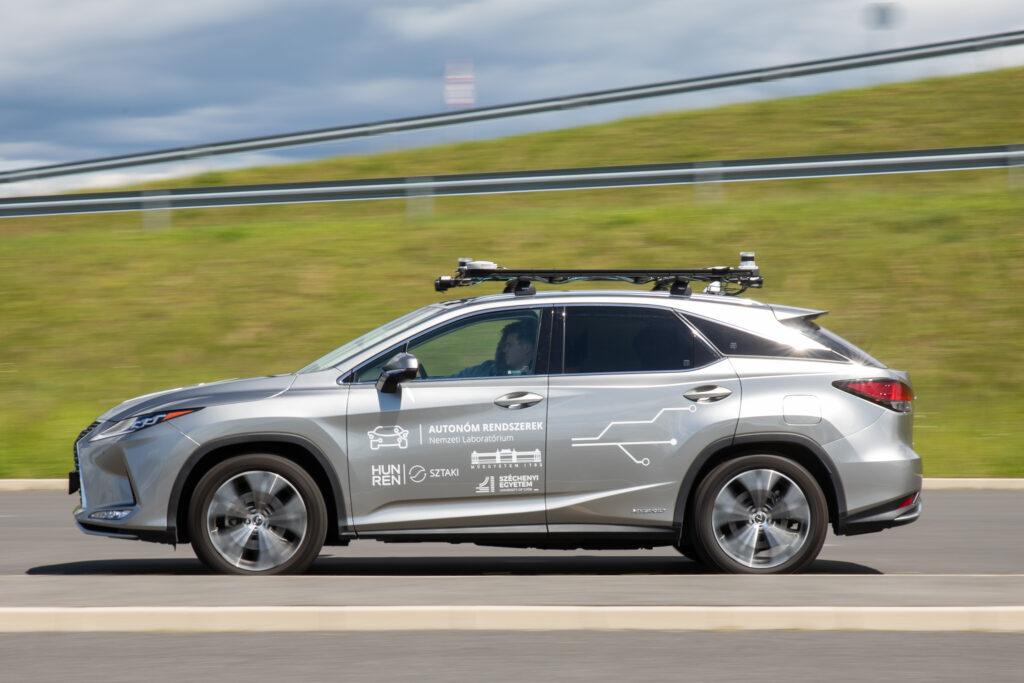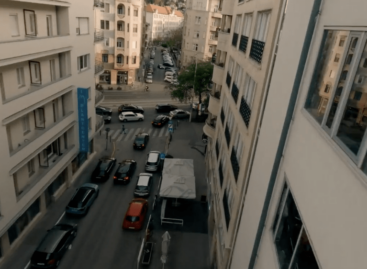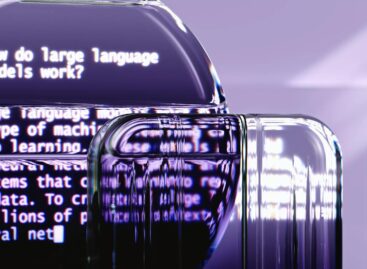Self-driving cars in the big city – Hungarian researchers are working on such algorithms
Many people think that the biggest challenge in developing self-driving cars is technology. In fact, the most complex problem is the city itself: where people and cars, bicycles and scooters, buses and trams share traffic, a single decision depends on dozens of factors. Researchers at the HUN-REN SZTAKI Systems and Control Theory Laboratory (SCL) are working on algorithms that can make decisions quickly and safely even in the most complex situations.

We might think that the urban environment is an ideal terrain for self-driving: lower speeds, a developed road network, public lighting, signs, and traffic lights. However, the reality is exactly the opposite. The city is unpredictable, crowded, and constantly changing – which poses a serious challenge for self-driving systems.
“Urban transportation is incredibly complex. No two situations are the same, and there are many different types of drivers present at the same time,”
– says Szilárd Aradi, a researcher at SCL. One moment a scooter rider is speeding down the middle of the lane, the next a pedestrian steps off the sidewalk without looking around. Sometimes a car pulls over and the passenger suddenly opens the door, or the lanes are being repainted for road repairs and traffic is being diverted by buoys.
One of the biggest challenges for self-driving systems is that they have to understand what the other road user wants. A cyclist looks to the side – does that mean he’s going to turn? A pedestrian is standing in front of a zebra crossing – is he just on the phone or does he want to cross? In such situations, a human driver makes quick decisions based on experience or instinct. A machine, on the other hand, has to make all its decisions based on algorithms, and to do so, it has to “understand” complex situations.
Who hasn’t been in a situation where the route planner wanted you to turn onto a street that was closed a few days earlier? The navigation system didn’t know about the diversion yet, the signs weren’t clearly visible, and the paint job was only half done. In this case, we look around, re-plan, and instinctively adapt to the situation. However, the self-driving vehicle must decide in real time what is considered a valid route and how to safely correct the movement. This requires not only perception, but also precise movement planning: where the car should move, along what curve, at what speed – all while remaining stable and not endangering others. This is where the control theory approach plays a key role.
Related news
Self-driving cars in Hungary – domestic developers are working to make this a reality
🎧 Hallgasd a cikket: Lejátszás Szünet Folytatás Leállítás Nyelv: Auto…
Read more >The future of AI agents: key predictions and trends for 2026
🎧 Hallgasd a cikket: Lejátszás Szünet Folytatás Leállítás Nyelv: Auto…
Read more >Related news
New Year’s Eve: shortened opening hours in stores – general store closure on January 1
🎧 Hallgasd a cikket: Lejátszás Szünet Folytatás Leállítás Nyelv: Auto…
Read more >Tejföl is only a name for live flora: new categories for sour dairy products will be introduced from 2026
🎧 Hallgasd a cikket: Lejátszás Szünet Folytatás Leállítás Nyelv: Auto…
Read more >Sausage prices before New Year’s Eve: cheap entry, expensive premium – how big is the gap on the shelves?
🎧 Hallgasd a cikket: Lejátszás Szünet Folytatás Leállítás Nyelv: Auto…
Read more >






